Ladies and gentlemen, please make sure your seat backs and tray tables are in their full upright position and your seatbelt is fastened. Today is the day Boeing is saying farewell to an icon: It’s delivering its final 747 jumbo jet and its now ready for one last take off.
Since a maiden flight in 1969, the giant 747 has served the world as a cargo plane, a commercial aircraft capable of carrying nearly 500 passengers, a transport for NASA’s space shuttles, and the Air Force One presidential aircraft, AP reports.
It revolutionized travel, connecting international cities that had never before had direct routes while helping democratize passenger flight, all while showcasing the very best in U.S. design innovation and manufacturing capabilities.
Put simply, the 747 opened up the world to all travellers – not just the wealthy elites – after first revolutionizing commercial trans-Atlantic flights between New York and London.
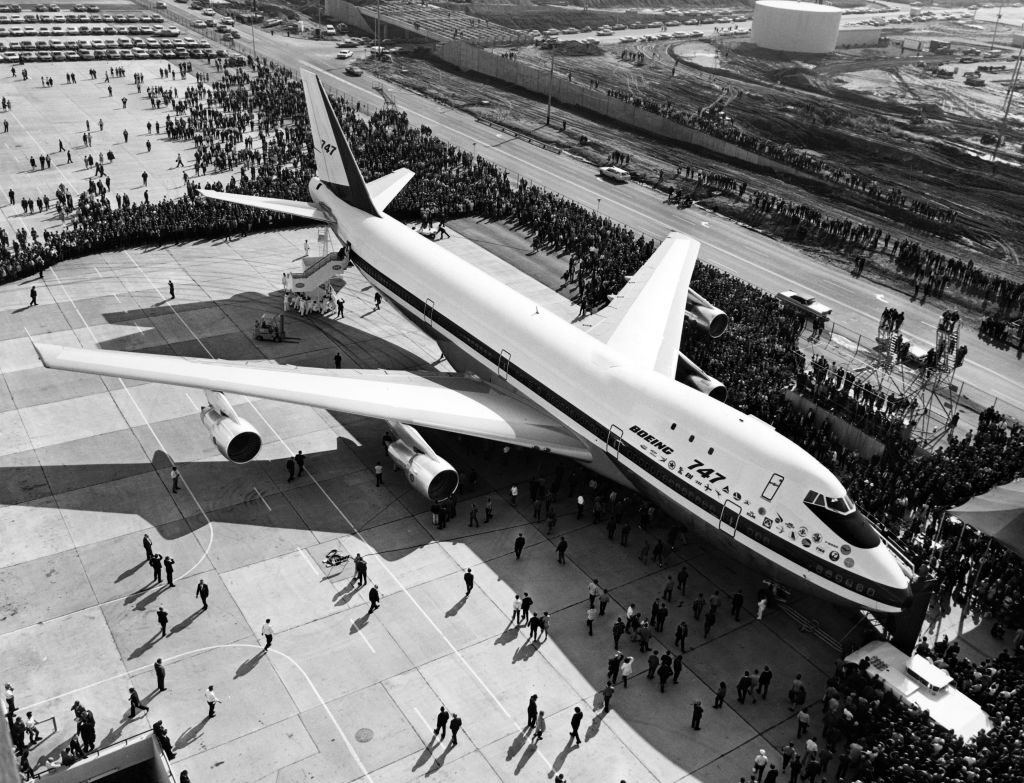
File/The first Boeing 747 is rolled out of the Boeing company’s plant in the State of Washington in September 1968 before the world’s press and representatives of the 26 airlines that had ordered the plane. The first flight took place on February 09, 1969. The Boeing 747, called also “Jumbo Jet”, entered service on January 21, 1970, on Pan Am’s New York to London route. (AFP via Getty Images)
Thousands of current and former employees will converge Tuesday afternoon at Boeing’s factory in Everett, Washington, for a final send off celebration in parallel with the delivery of a Boeing 747-8 cargo plane to Atlas Air.
“If you love this business, you’ve been dreading this moment,” veteran aviation analyst Richard Aboulafia told AP.
“Nobody wants a four-engine airliner anymore, but that doesn’t erase the tremendous contribution the aircraft made to the development of the industry or its remarkable legacy.”

File/First flight of this Boeing 747 version E-4A on June 13, 1973 at Paine Field in Everett, Washington. The specially equipped jumbo jet was designed to be used as an advanced airborne command post in case of national emergency. (© Museum of Flight/CORBIS/Corbis via Getty)
The existing fleet of planes are expected to fly for decades more, but in ceasing 747 production more than 50 years after aircraft’s first flight, the Seattle company is closing a chapter in the history of civil aviation when America led the world.
The first 747 entered service in 1970 on Pan Am’s New York-London route, and its timing was terrible, Aboulafia said. It debuted shortly before the oil crisis of 1973, amid a recession that saw Boeing’s employment fall from 100,800 employees in 1967 to a low of 38,690 in April 1971.
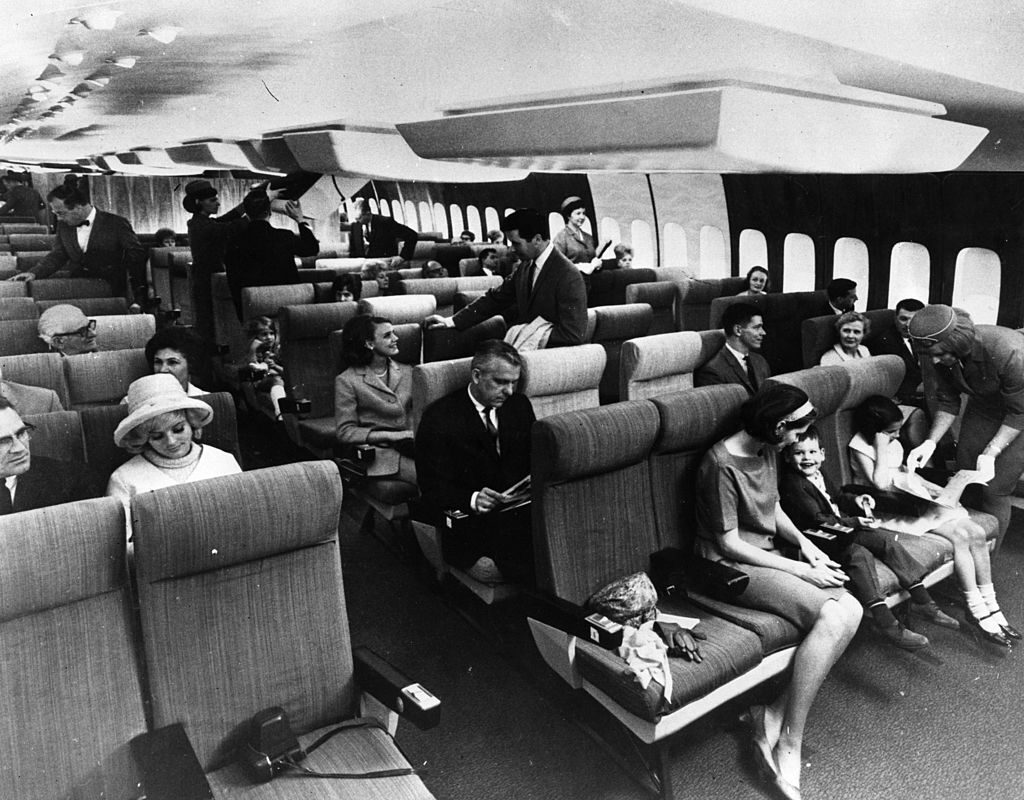
File/1968: A full sized mock-up of Boeing’s 747 original aircraft complete with passengers. (Alan Band/Keystone/Getty Images)
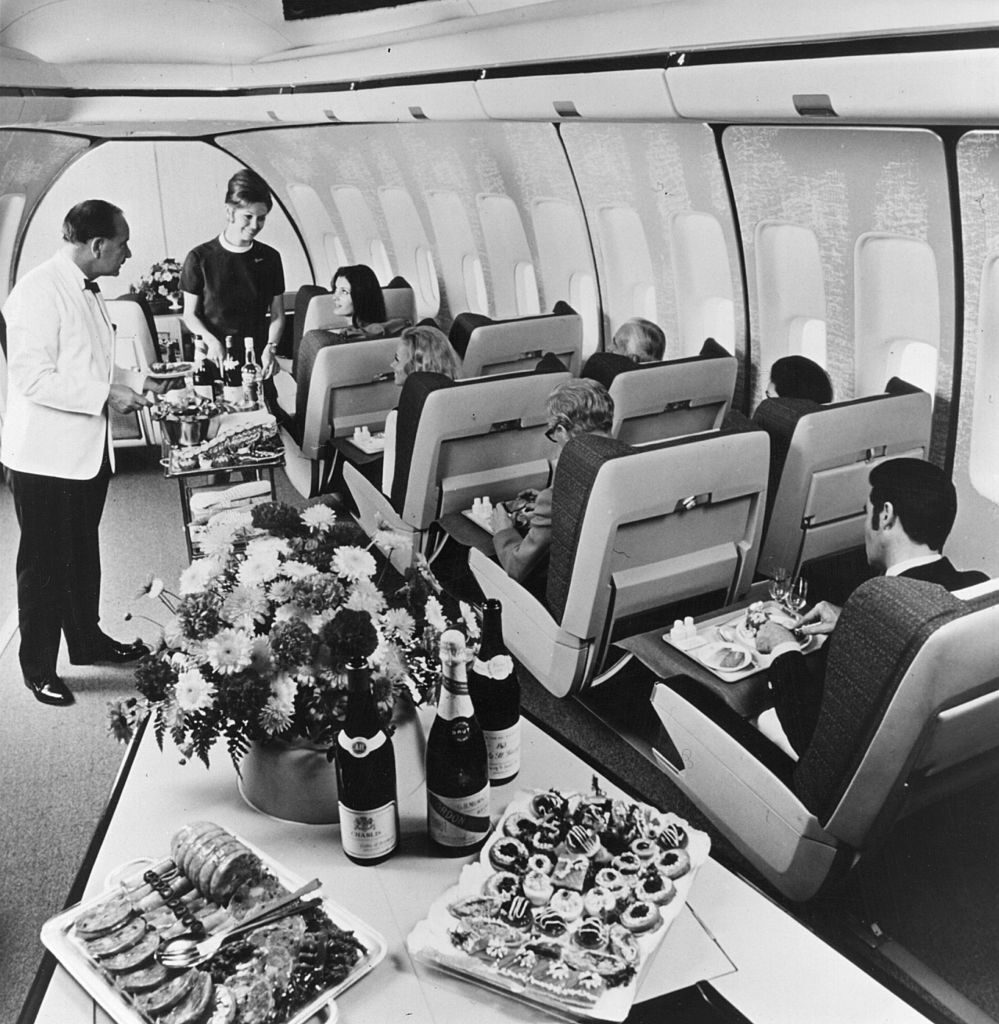
File/First class passengers in a BOAC Boeing 747 Jumbo Jet are served lunch as they fly across the Atlantic. (Fox Photos/Getty Images)
The “Boeing bust” was infamously marked by a billboard near the Seattle-Tacoma International Airport that read, “Will the last person leaving SEATTLE — Turn out the lights.”
Things changed quickly after that. Countless long haul carriers fell in love with the plane and all it represented for mass travel as the 1960s ended and the world started traveling in the 1970s and 80s.
An updated model — the 747-400 series — landed in the late 1980s and had much better timing, riding the Asian economic boom of the early 1990s, Aboulafia recalled for the outlet.
He remembered taking a Cathay Pacific 747 from Los Angeles to Hong Kong as a twentysomething backpacker in 1991 and marvelling at the opportunity that represented.
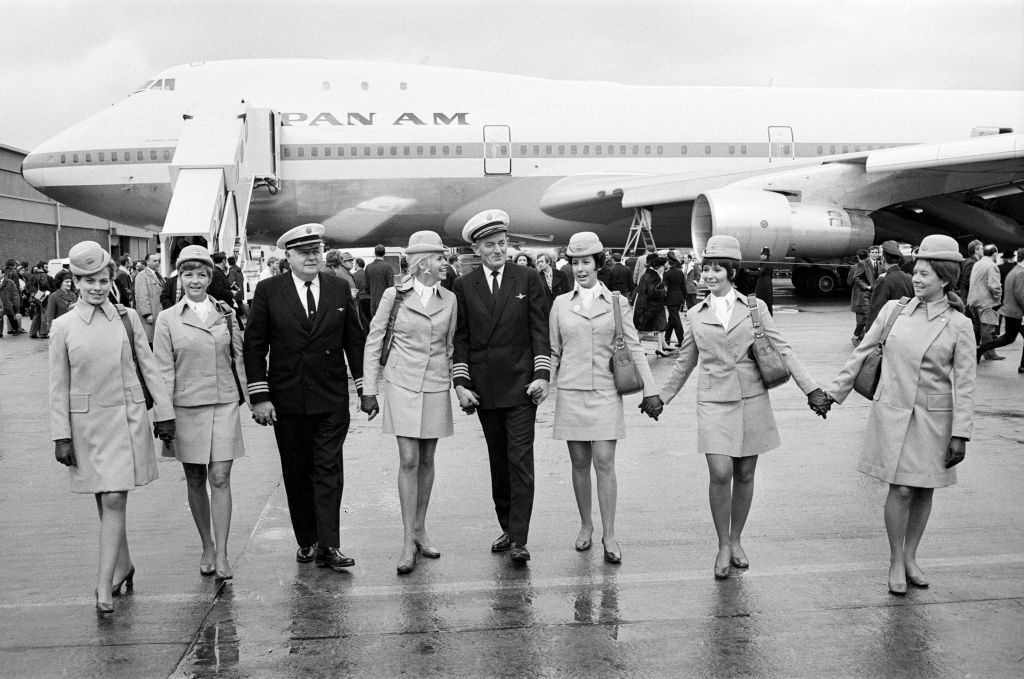
File/The 361 passenger Boeing 747 arrives at Heathrow Airport. The first Boeing 747 Jumbo jet to fly to Britain has arrived safely from New York. Jumbo jet has a cruising speed of 625 mph and should cut the New York to London journey by 30 minutes. Pictured, the Captain leads some of his crew away from the Jumbo after the landing, 12th January 1970. (Sidey, Crawshaw & McDonald/Mirrorpix/Getty Images)
“Even people like me could go see Asia,” Aboulafia said. “Before, you had to stop for fuel in Alaska or Hawaii and it cost a lot more. This was a straight shot — and reasonably priced.”
Delta was the last U.S. airline to use the 747 for passenger flights, which ended in 2017, although some other international carriers continue to fly it, including the German airline Lufthansa.
Atlas Air ordered four 747-8 freighters early last year, with the final one leaving the factory Tuesday.
Read the full AP tribute to the 747 here
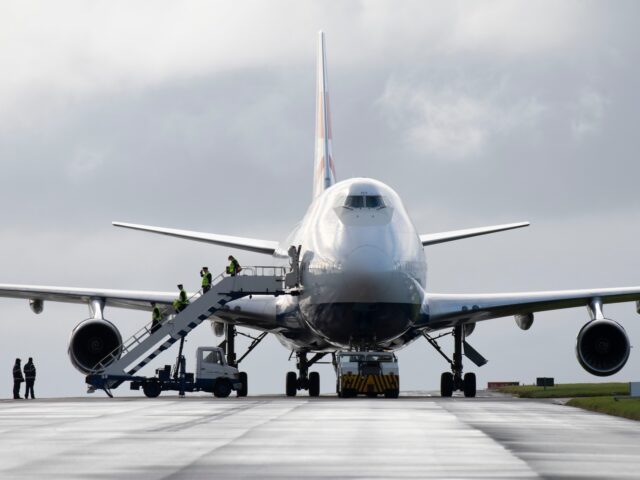
COMMENTS
Please let us know if you're having issues with commenting.